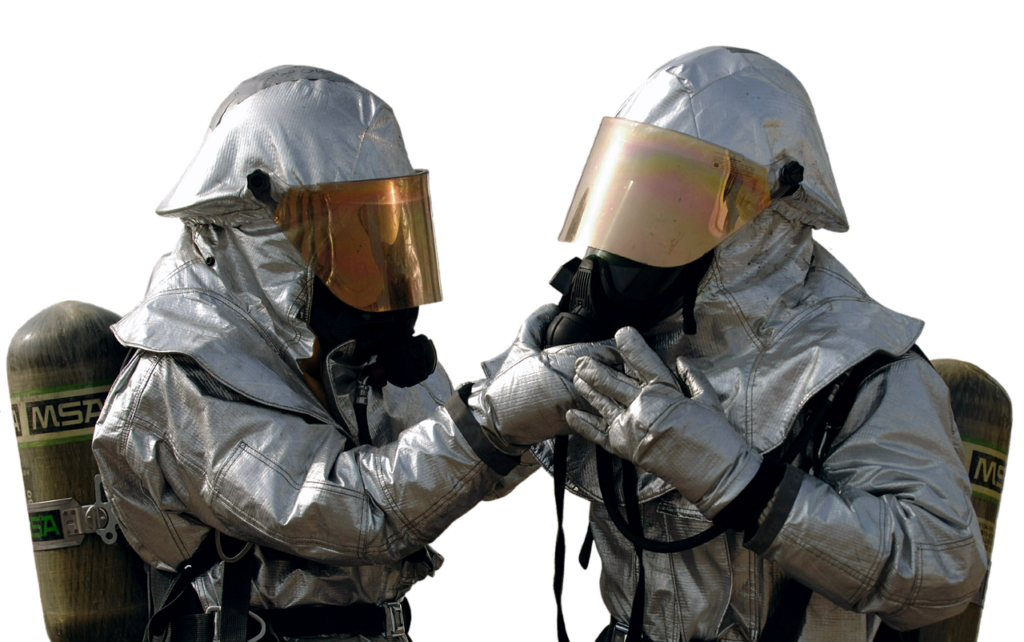The word “asbestos” strikes terror into the ears of homeowners. It sounds like a big problem, and it often is.
But, how do you know if it’s an issue in your home? What should you do about it? And can it affect the sale of your property?
What Is Asbestos?
Although you may think asbestos was cooked up in a laboratory, it wasn’t. It’s a naturally occurring mineral that’s still quarried in some countries.
When it was found to have insulator and fire-retardant properties around the 1940s, asbestos was put into large-scale use. It’s often found as insulation in ceilings, floors, walls, and around pipes.
Sadly, it was only later that researchers discovered it also posed a serious health risk, including severe types of respiratory cancer. In the 1980s, there was a movement to remove asbestos from public buildings such as schools and hospitals to make them safer for communities.
Private property owners were mostly left to handle the situation on their own.
How Do You Know If You Have Asbestos in Your Home?
If your house was built between the 1940s and the 1970s, it’s entirely possible that you have some form of asbestos insulation lurking somewhere.
But, don’t panic yet.
Asbestos only creates a problem for homeowners if it’s disturbed. Left intact, the microparticles don’t enter the air and, therefore, won’t get into your lungs.
The trouble comes when you plan to build an extension or do heavy renovations.
So how do you know whether you have it and whether you should be concerned?
The only way to safely determine whether asbestos is present in a structure is to have it professionally tested… and then professionally removed while the home is unoccupied.

If you are buying or selling a home that was built before 1980, it’s likely that there is some level of asbestos unless you have a certificate regarding its removal.
But checking for this mineral is usually not part of the home inspection process unless specifically requested. And, the onus is on the buyer to check for asbestos, especially if renovations are in the cards after purchase. Naturally, the buyer will need permission from the seller to perform these tests.
All in all, it can become complicated if you are contemplating structural changes to the home, but it’s not a deal-breaker in most cases.
How Do I Get Rid of the Asbestos in My House?
If the existing construction materials are damaged or you intend to disturb them, the Environmental Protection Agency advises having your home tested for asbestos. Testing is advised when there is damaged drywall or insulation, when remodeling is planned, or in other circumstances.
Asbestos fibers might enter the air if these construction materials were disturbed. Unless they are labeled, it is typically impossible to determine which items contain asbestos. Testing is typically not necessary if the construction materials are in good condition or if you don’t have any plans to rebuild your property.
Don’t touch anything you find in your home that you suspect contains asbestos. The best course of action is to leave the material alone, even if it is in good condition.
Contact a qualified and accredited asbestos professional if the material appears damaged or if future actions could disturb it. Until a specialist can certify the presence of asbestos, restrict access to the area.
Knowing about the asbestos materials in your home, including their locations and state today, is the greatest method to prevent asbestos exposure.
Learn more about asbestos in the home and how to protect yourself and your family at the U.S. Environmental Protection Agency’s website.

